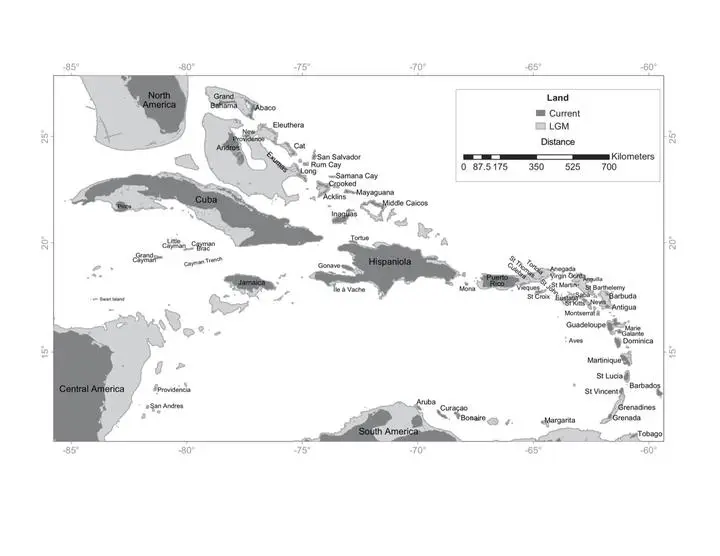Earth history and the evolution of Caribbean bats

Abstract
Although the natural history of the Caribbean is better understood now than ever before, a general biogeographic explanation for the peculiar faunal composition of the islands remains elusive. New molecular phylogenetic and divergence analyses presented here show that dispersal and diversification in Caribbean bats are synchronous with sea level drops during inter-stage transitions in the Miocene. The phylogenies indicate that several continental bat species descended from West Indian ancestors, as the exceptionally low sea level of the Miocene transitions allowed for two-way biotic exchange between the islands and the continent. These results suggest a common mechanism underlies colonization and subsequent speciation in the Caribbean, and underscore the importance of geological history in all biogeographic scenarios, including dispersal.